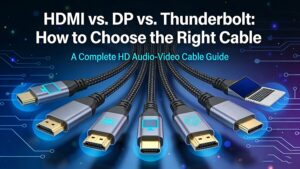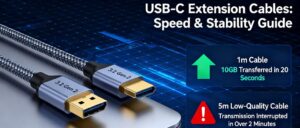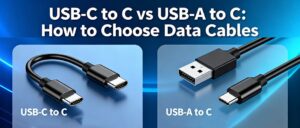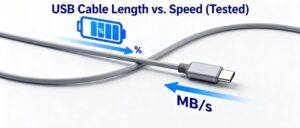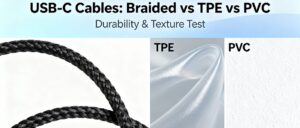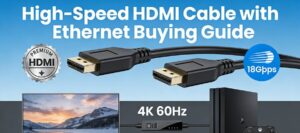
HDMI Cable with Ethernet Guide: Certifications & Bandwidth Explained
Introduction: Why Your HDMI Cable Matters More Than You Think You’ve invested in a 4K TV, a next-gen gaming console, or a high-end laptop—only to be stuck with blurry visuals or laggy gameplay. Chances are, your HDMI cable is the culprit. Not all HDMI cables are created equal, and for 4K 60Hz (or higher) performance, you need a High-Speed HDMI Cable with Ethernet. This guide breaks down what to look for, from certifications to bandwidth, so you can stop guessing and start enjoying crisp, smooth content. Key Terms Decoded: Premium Certification & 18Gbps Bandwidth Before shopping, let’s demystify the jargon: 1. Premium HDMI Certification: Your



